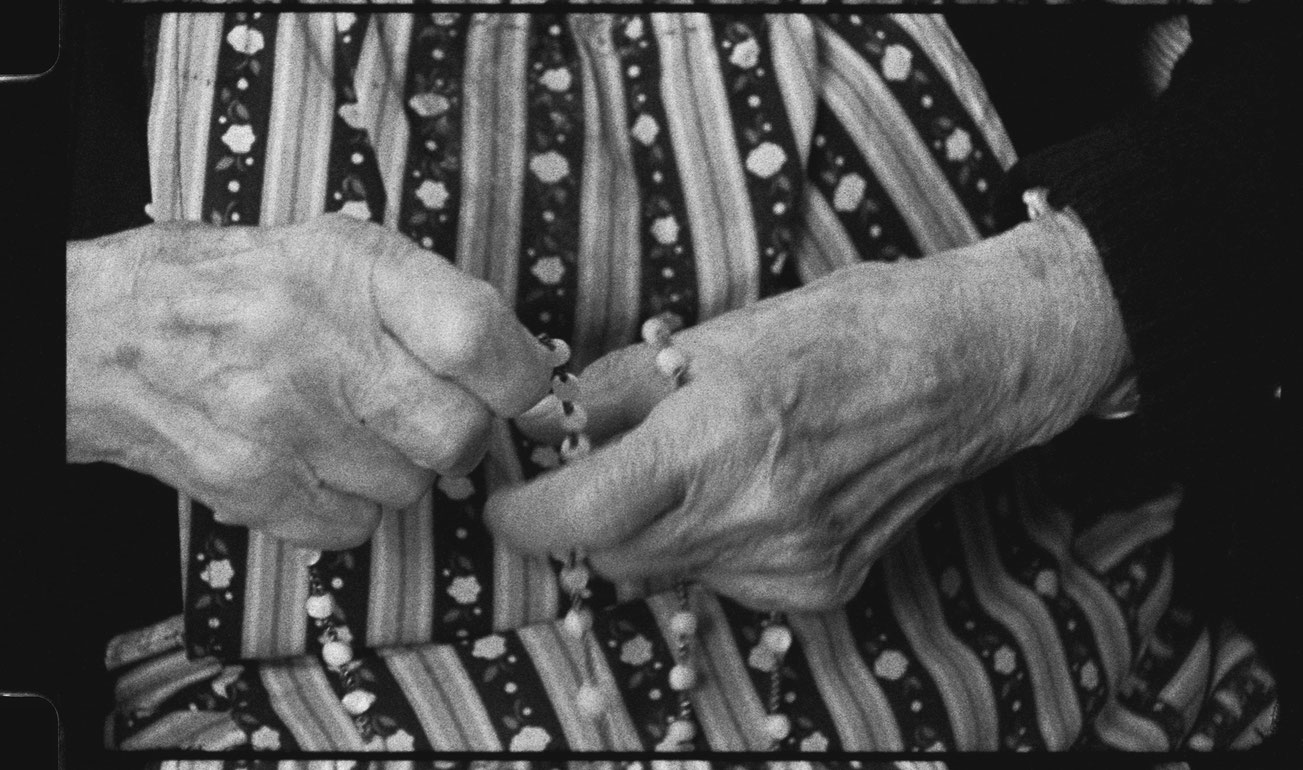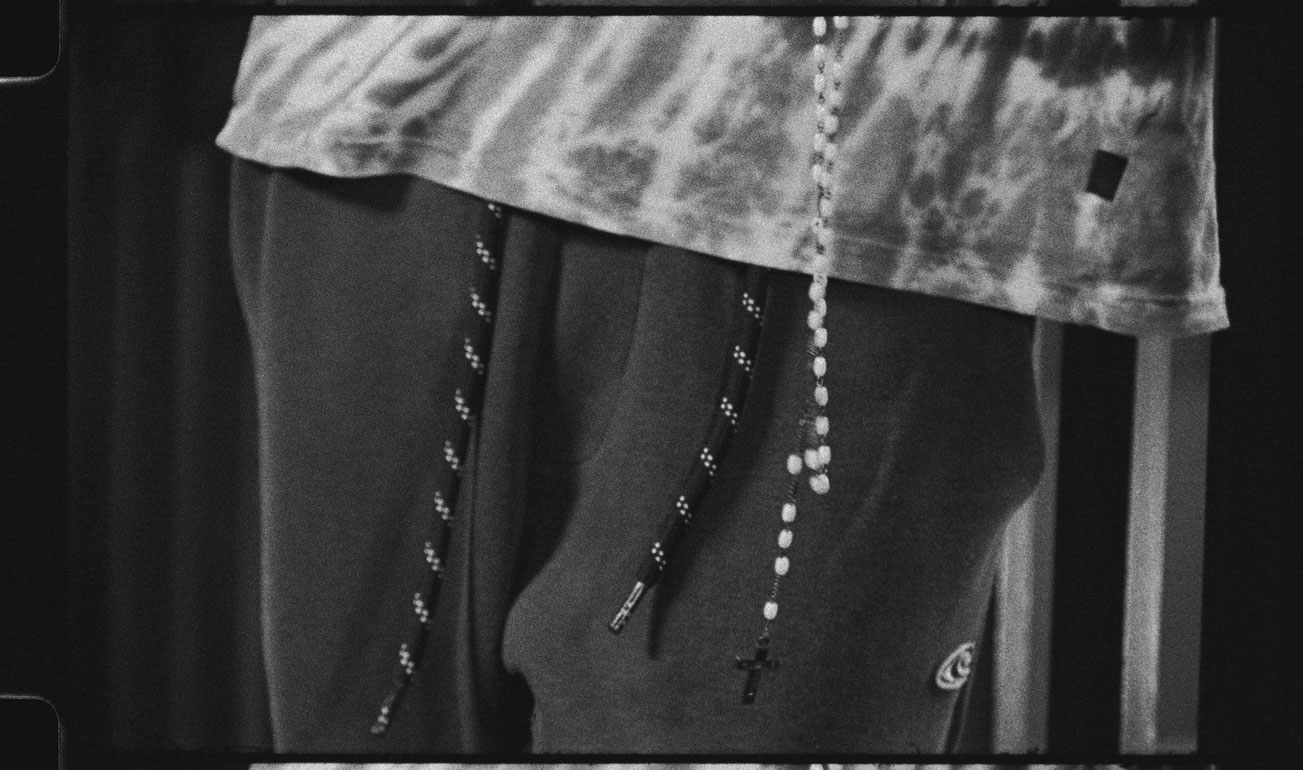Lacrimosa
Funeral ceremonies in the attic rooms of a spooky villa. The old aunt gathers her great-grandnieces around a child’s coffin to pray. Folded hands, furtive glances, rosaries a close stool are the ingredients of an eccentric children’s pageant in which the illustrious group stumbles from intimidation, rebellion, and a perilous staircase to pondering the sense of being. (production note)
Orig. Title
Lacrimosa
Lacrimosa
Year
2024
2024
Country
Austria
Austria
Duration
11 min
11 min
Category
Avantgarde/Arts, Short fiction
Avantgarde/Arts, Short fiction
Orig. Language
German
German
Subtitles
English
English



